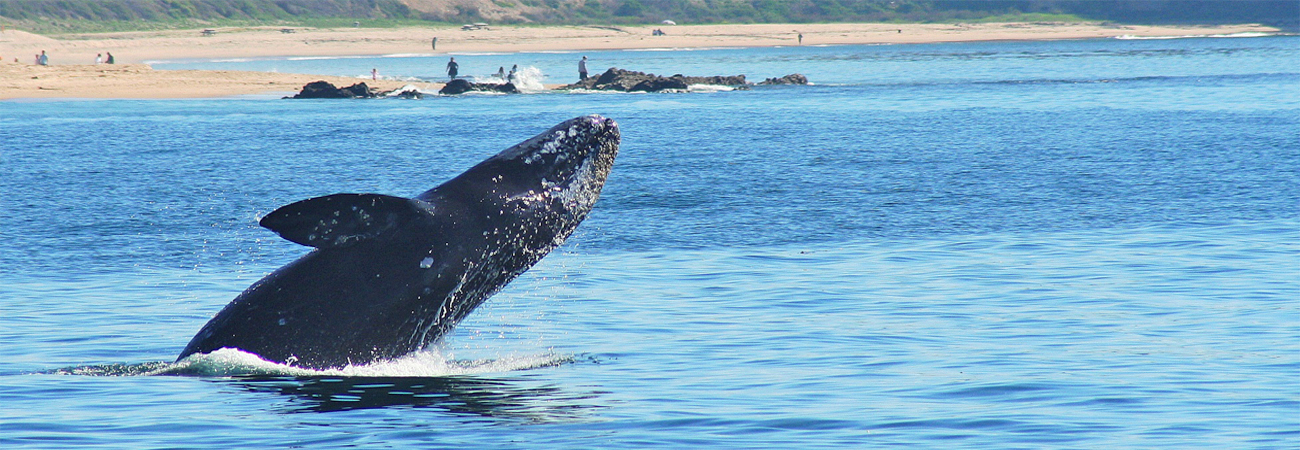
Blue Whale Facts
Blue whales are the largest animals on the planet and are found in oceans all over the world. They are known for their massive size, unique appearance, and impressive vocalizations. In this post, we will explore the physical characteristics, diet, migration, mating, and fun facts about blue whales.
Physical Characteristics:
- Blue whales are the largest animals on Earth, with adults growing up to 100 feet in length and weighing as much as 190 tons.
- They have a long, streamlined body that is dark blue-gray in color with lighter spots on their skin.
- They have a small, triangular dorsal fin located on their backs, and their tails are broad and flat.
- Blue whales also have a distinctive V-shaped blowhole and two blowholes.
Diet:
Blue whales are filter feeders that eat krill, a small, shrimp-like crustacean that is found in large schools in the open ocean. They can consume up to 4 tons of krill each day during feeding season, and use their baleen plates to filter the krill from the water. Blue whales have the largest tongue of any animal, weighing up to 3 tons, and can hold up to 90 tons of water and krill in their mouths.
Migration:
Blue whales are found in all the world's oceans, but they migrate seasonally to feed and breed. During the summer months, they feed in the nutrient-rich waters of the polar regions, such as the Antarctic, before migrating to warmer waters in the winter to mate and give birth. Some populations of blue whales undertake long migrations of up to 10,000 miles.
Mating:
Blue whales typically mate in the winter months when they are in warmer waters. Males compete for females by producing vocalizations that can be heard for hundreds of miles underwater. After mating, females carry their calves for about 11 months before giving birth to a single calf that weighs up to 3 tons. Blue whale calves are weaned after about 6 months.
Fun Facts:
- Blue whales can reach speeds of up to 30 miles per hour.
- Their vocalizations, known as "songs," can last for up to 30 minutes and can be heard by other whales over long distances.
- Blue whales have a heart the size of a small car and an aorta that is large enough for a human to crawl through.
- They are the loudest animals on Earth, with their vocalizations reaching up to 188 decibels.
- Blue whales were hunted to near extinction in the 20th century, but their population has since recovered to an estimated 10,000 individuals.
Blue whales are one of the most impressive and fascinating animals on the planet. Their massive size, unique appearance, and impressive vocalizations make them a valuable part of the ocean ecosystem. As we continue to learn more about these magnificent creatures, it is important that we work to protect them and their habitat for future generations.

Reserve your whale-watching trip!
Make your online reservation below, or call (949) 675-0551 to reserve.
SHARE
FOR RESERVATIONS, CALL (949) 675-0551